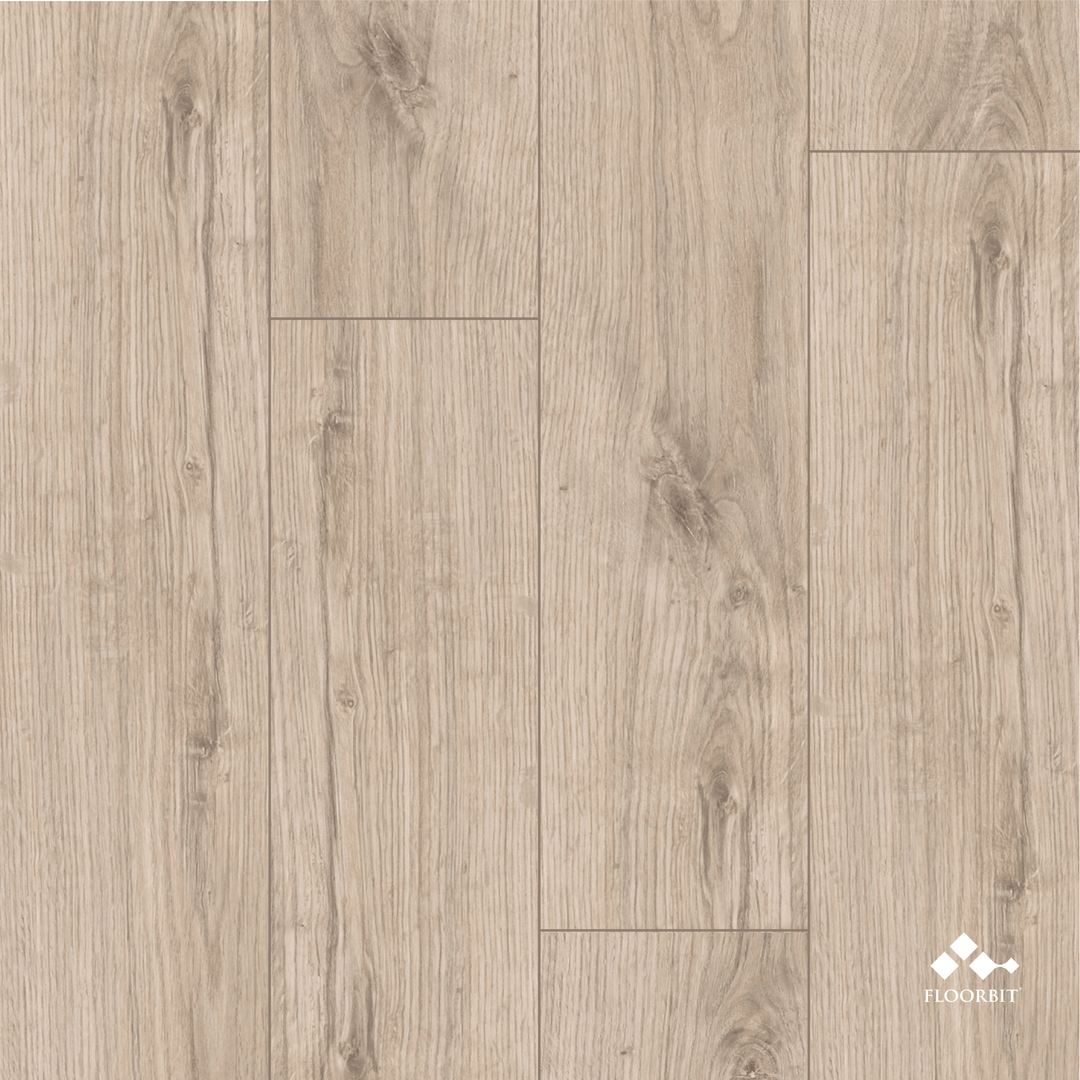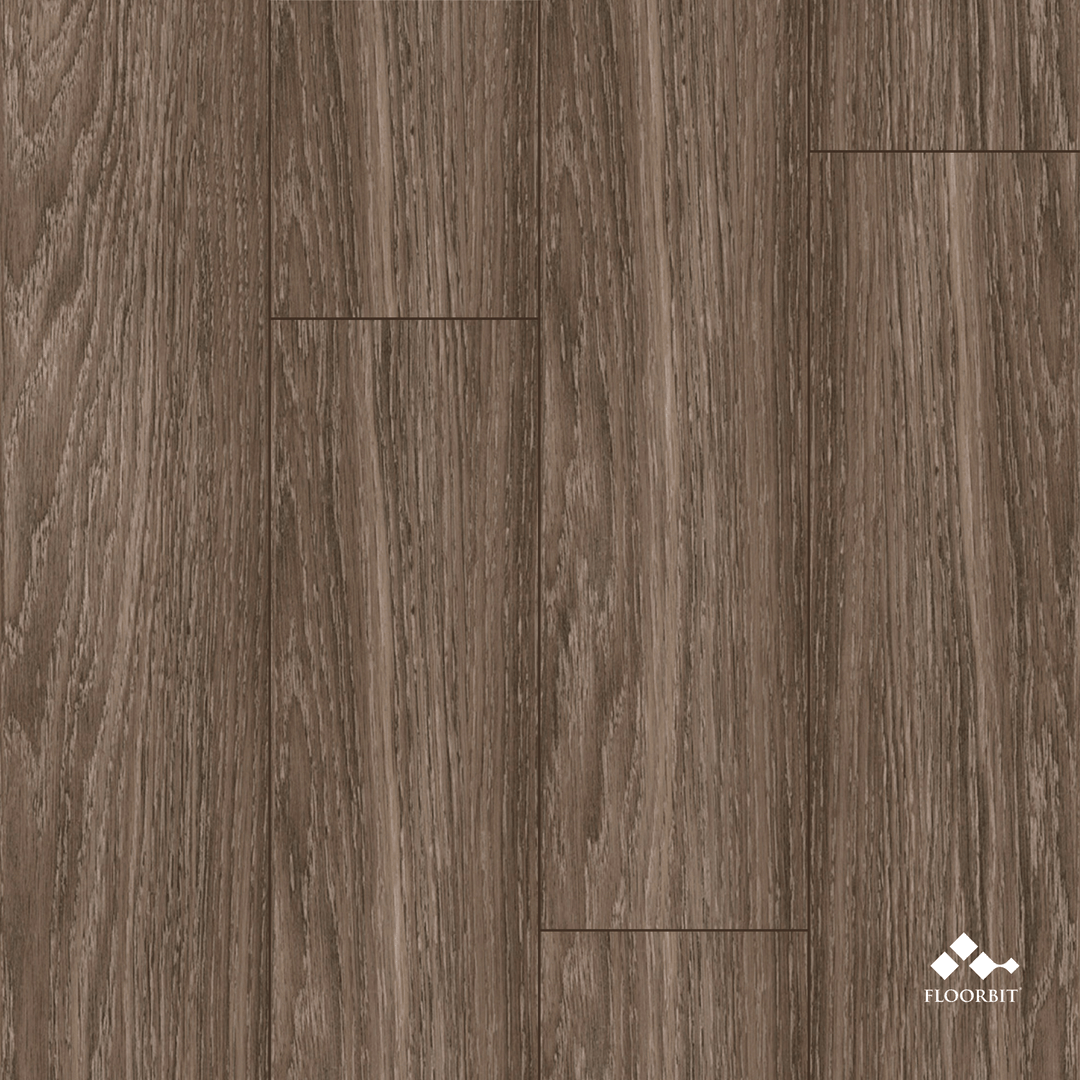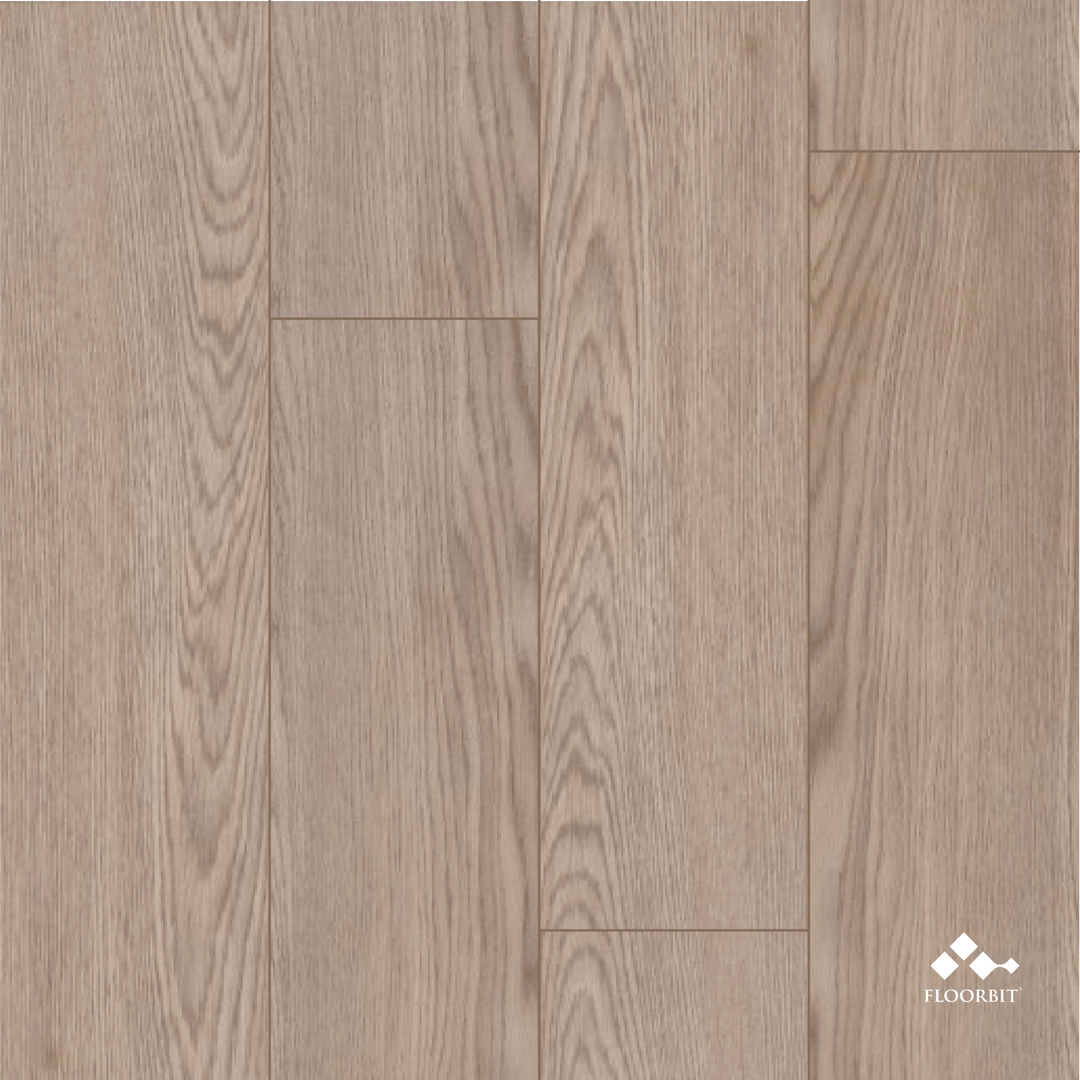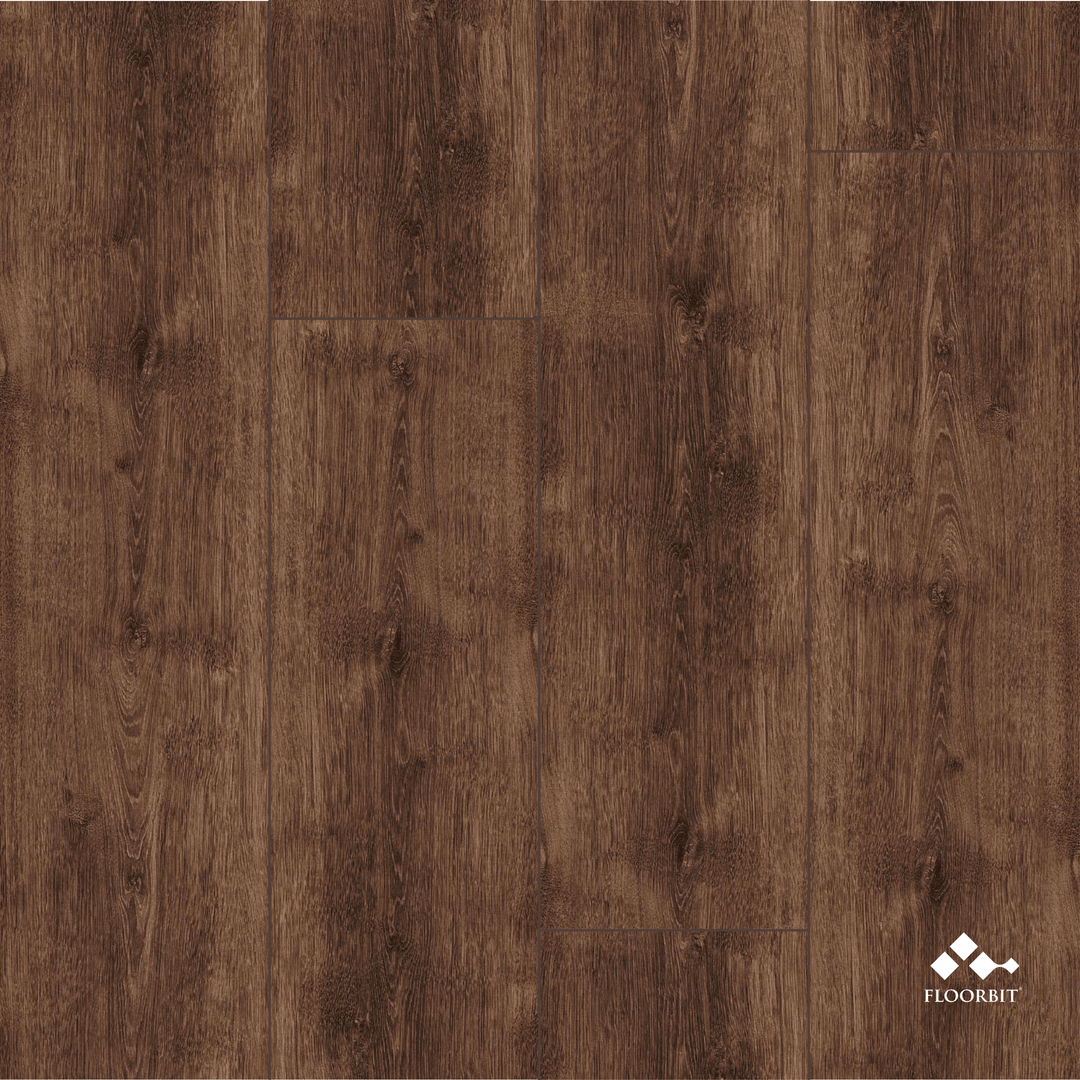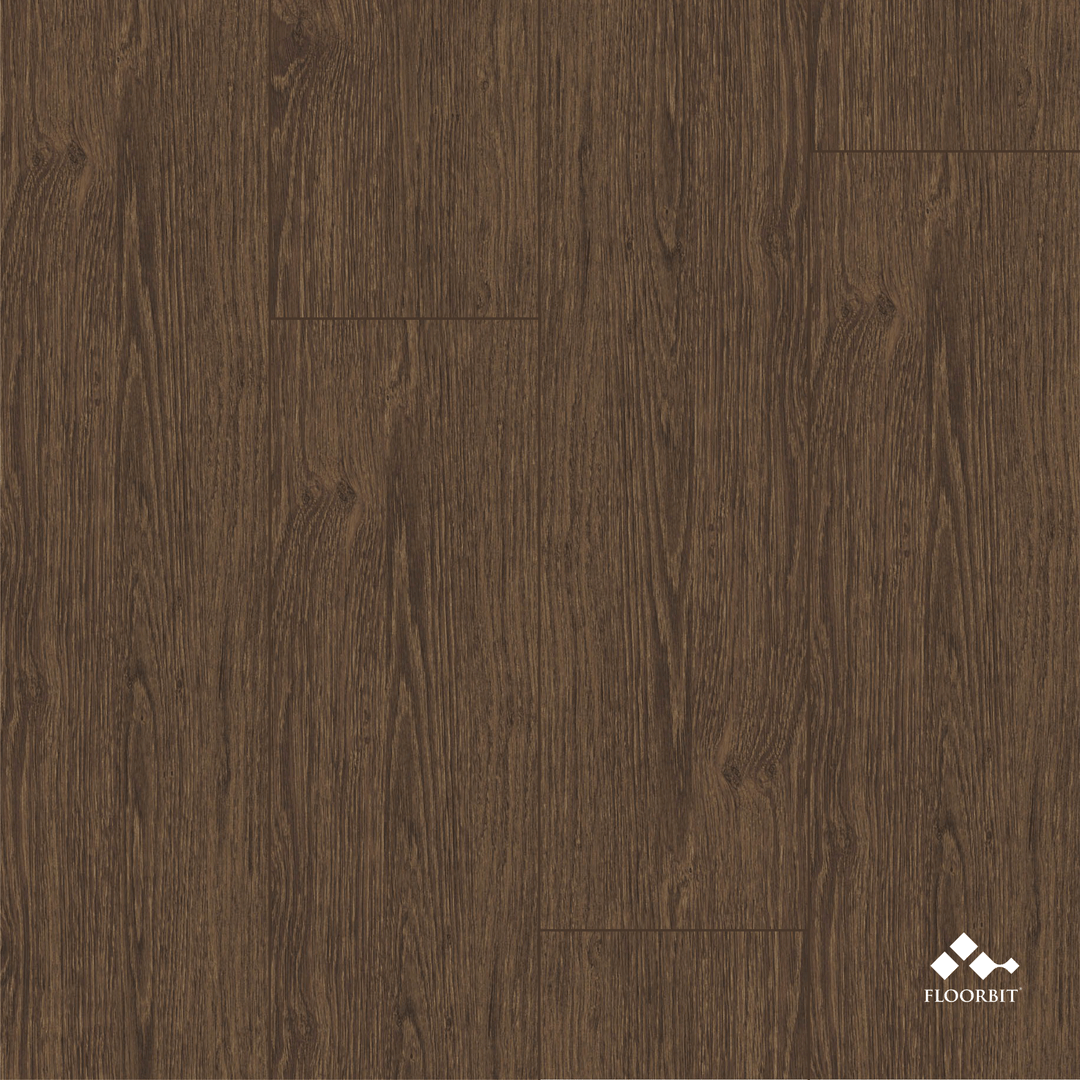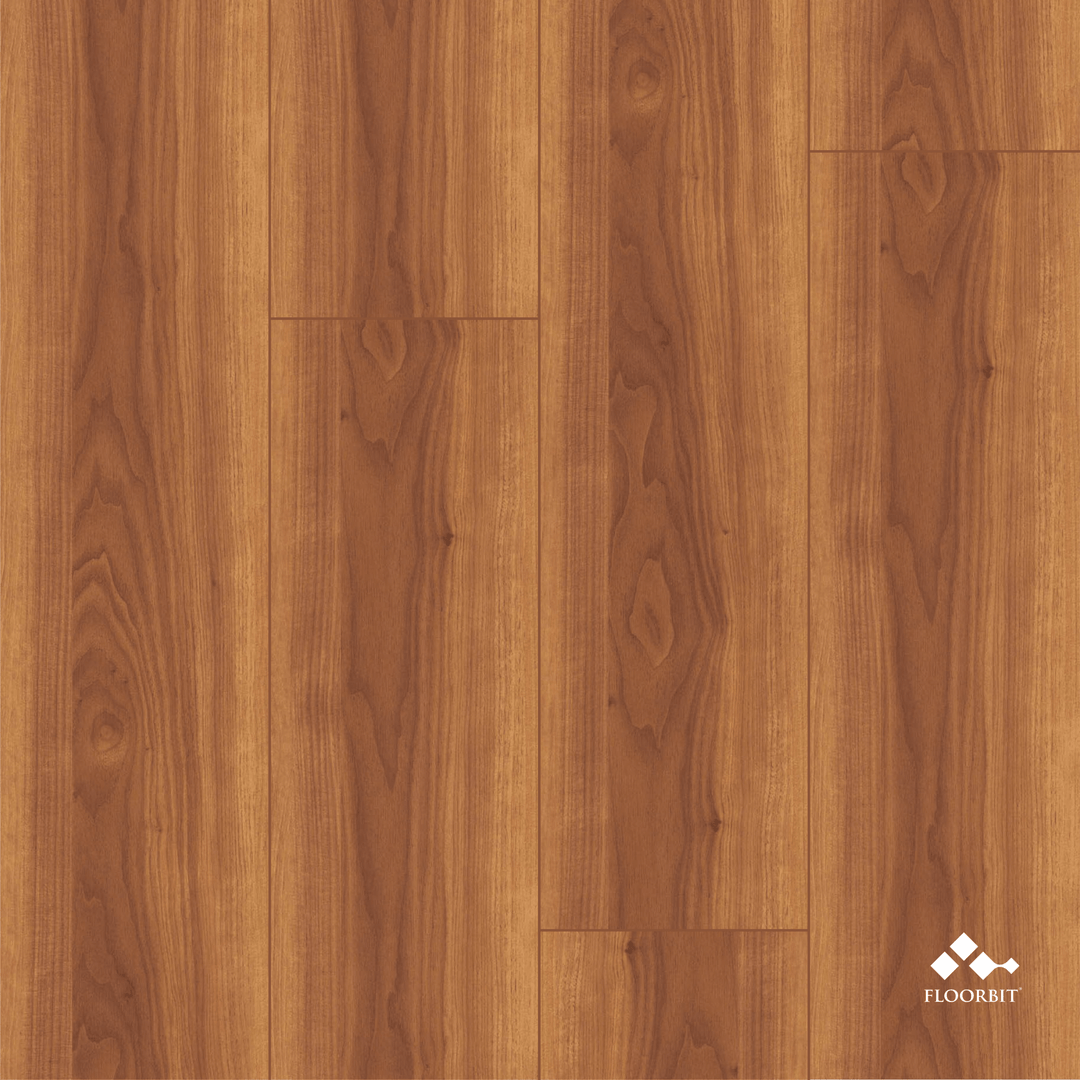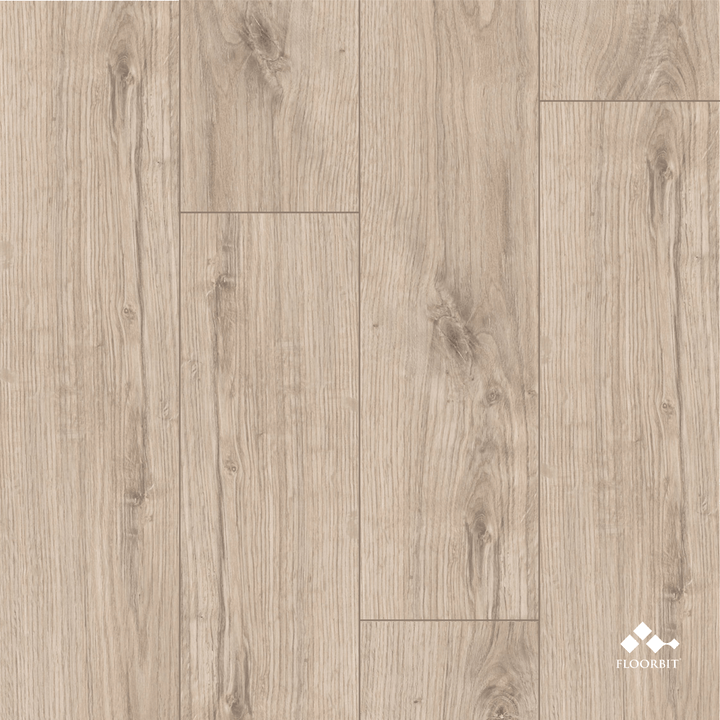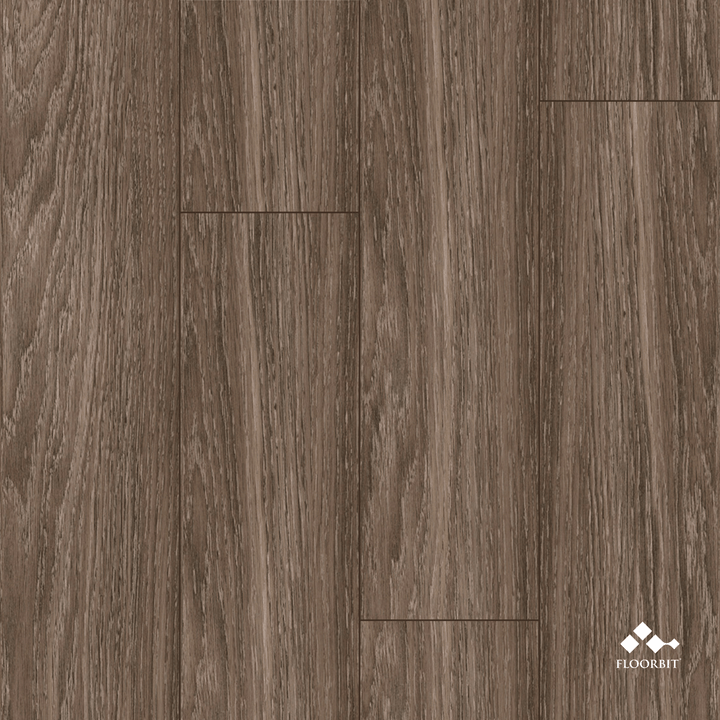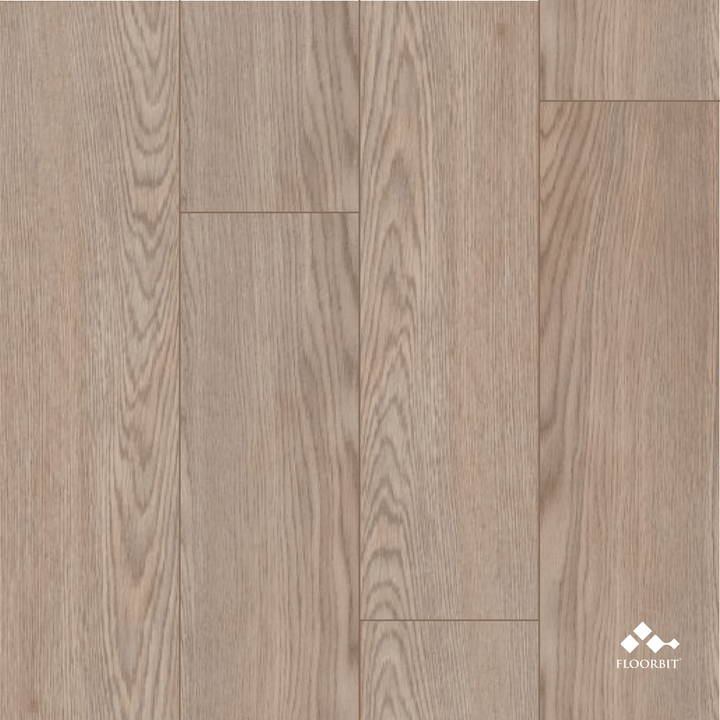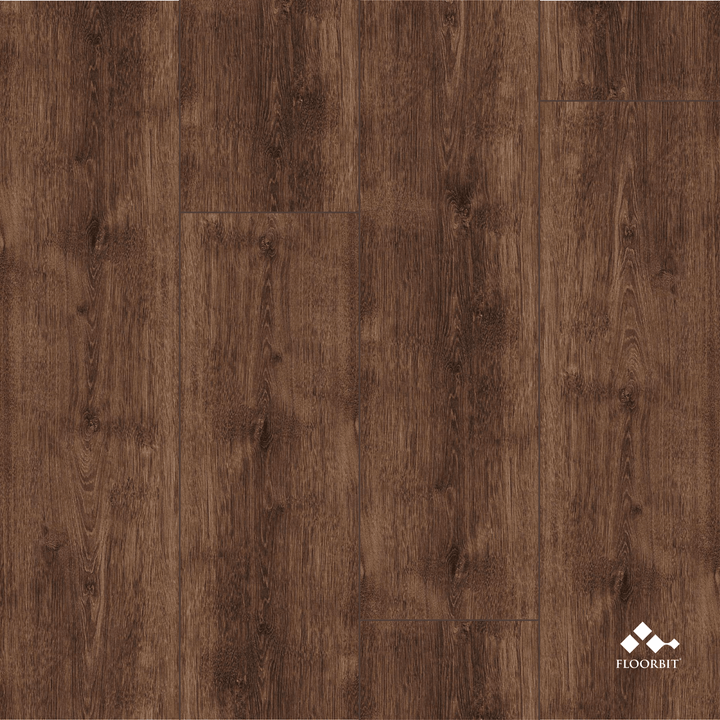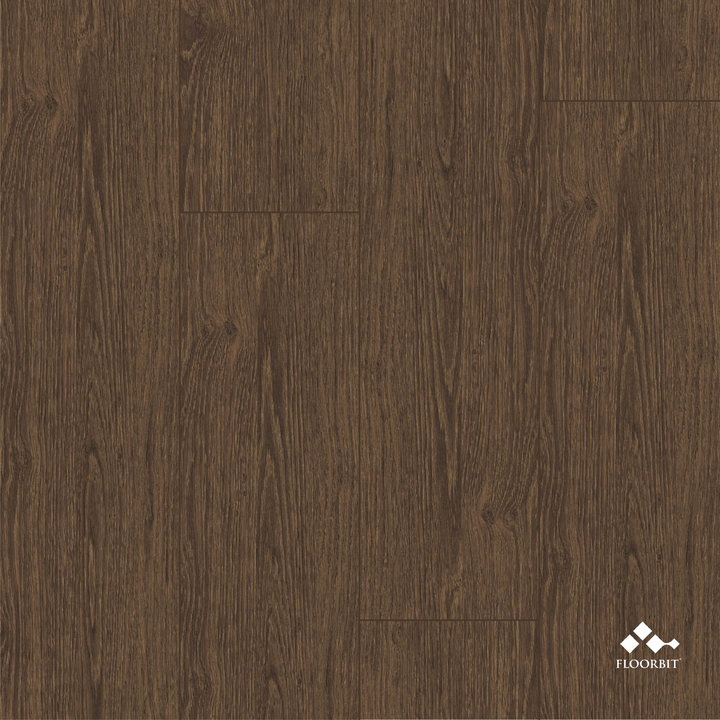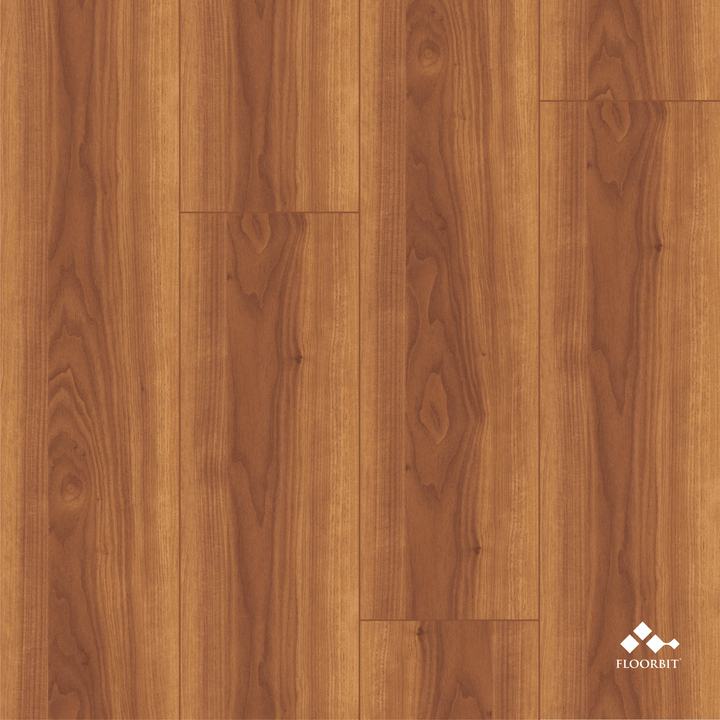Which flooring is right for you?
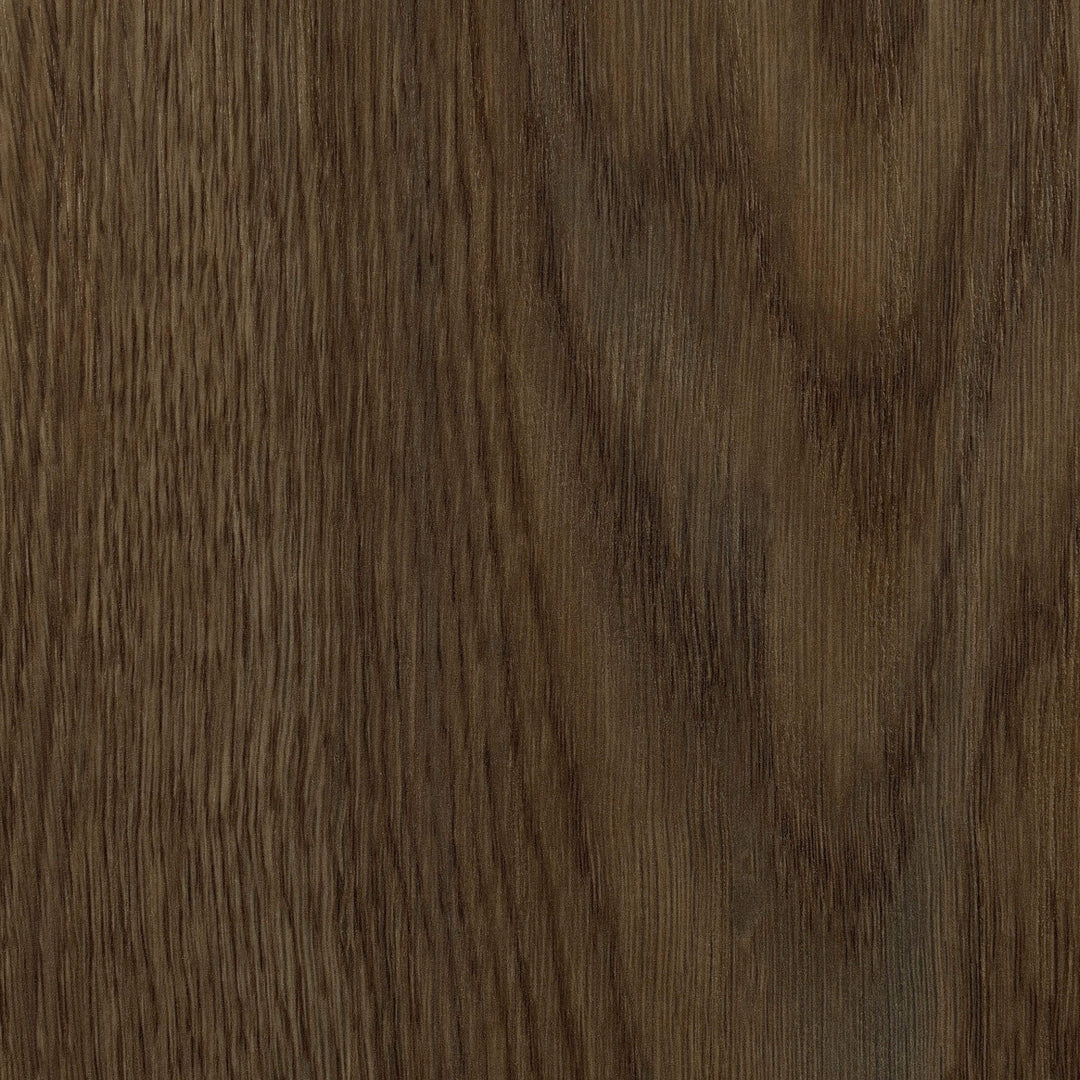
Synchrowood 12mm
Laminate flooring with 100% tropical hardwood HDF coreboard and real wood grain. European Standards EN13329 compliant.
From RM4.50/sq. ft.
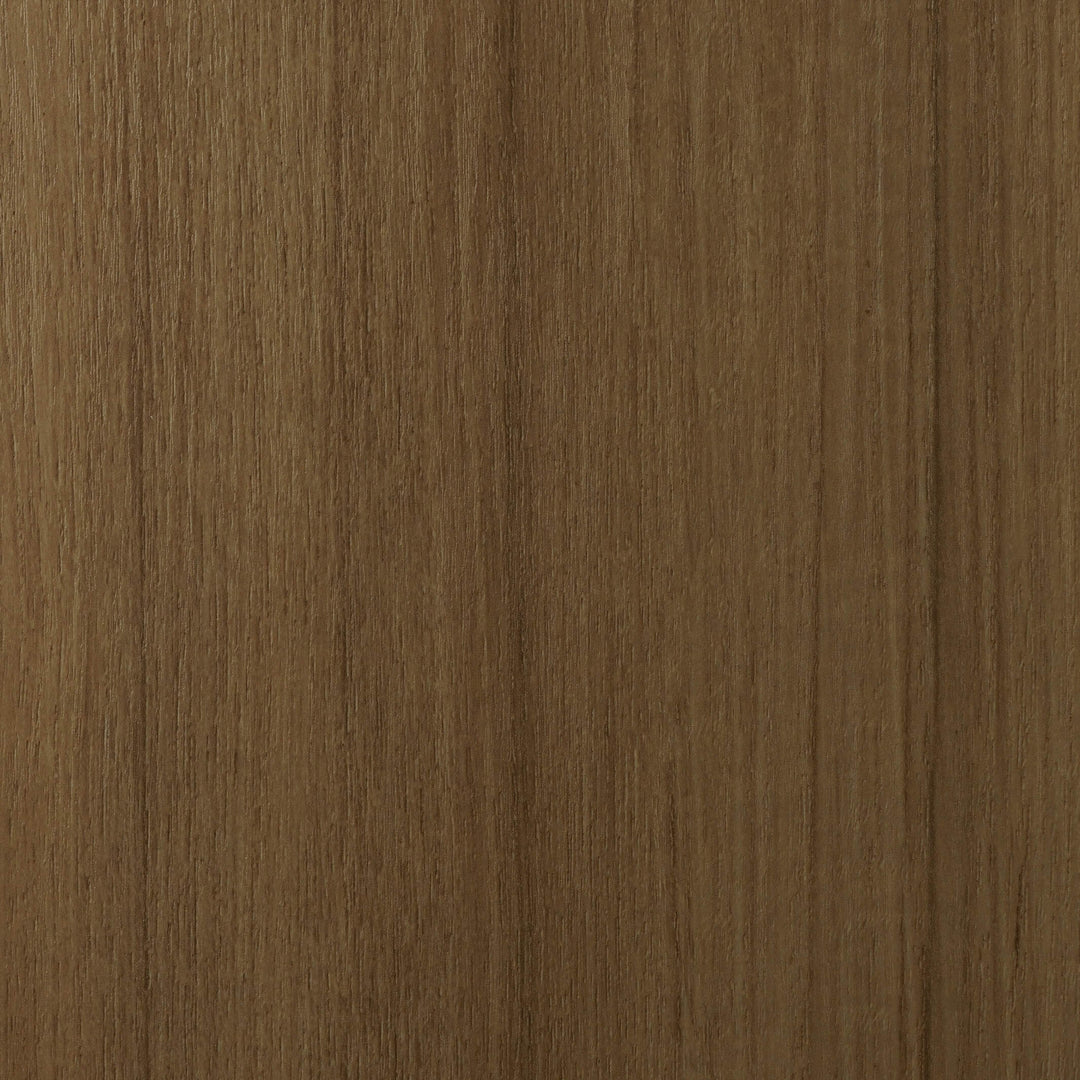
Synchrowood 8mm
Laminate flooring with 100% tropical hardwood HDF coreboard. European Standards EN13329 compliant.
From RM3.50/sq. ft.
Frequently Asked Questions
We can supply and install flooring for you. Our trained installers will do all of the work so you can enjoy your new Synchrowood 12mm flooring in no time. Most customers take about 1 to 2 days to install their flooring.
A professional installation assures your entitlement to our warranty service, and you can rely on the fact that our flooring experts will have neat solutions on hand for tricky areas such as uneven flooring or transitions to tiled or carpeted flooring.
If you encounter any issues during installation, please contact us via our Contact Page. Our customer service will be in touch shortly.
Learn more about flooring installation here.
We engineer our flooring for years of daily use, but proper care and maintenance are still crucial to ensure they stay in good condition. For tips on keeping your flooring in pristine condition, we’ve put together a handy Care and Maintenance Guide with detailed maintenance instructions.
Laminate flooring is made from up to 95% of natural resources, mostly wood by-products. The heart is a HDF board that consists of approximately 90% wood fibres, glued together with an environmentally-friendly glue resin and then compressed to a high density. On the underside, it has a backing to keep the laminate planks dimensionally stable and protect the HDF core against dampness. On top is the “face” of the laminate flooring, which consists of 2-3 layers impregnated with melamine resin. The top layer (the walking layer) is an abrasion-resistant protective film, protecting the decor paper against mechanical damage. The decor paper features authentic wood designs. Thanks to its materials, laminate flooring is one of the most colour-fast floors and can retain its original colour for many years, even when exposed to direct sunlight through floor-length windows.
Laminate flooring still faces a great deal of bias. First and foremost: Laminate flooring is not made of plastic, which means it is not ‘artificial flooring’ like vinyl. Laminate flooring is made of natural materials such as wood by-products, decor paper, and resin. It is a natural, sustainable flooring, like parquet.
Today’s high-quality laminate flooring no longer has anything in common with the laminate flooring that was on the market in the 1990s because they look nothing alike, and the technical properties have greatly improved. Melamine resin makes laminate flooring suitable for children and pets as it is very durable, lightfast, easy to clean and scratch-resistant.
Loud laminate flooring is also a thing of the past. The HDF middle layer makes the planks relatively heavy, so they do not vibrate easily. Additionally, laminate flooring can also handle getting wet. Water-tight joints and a bulge-resistant middle layer ensure that mop water and spills will not cause any damage.
The look and feel of high-quality laminate floors make them virtually indistinguishable from real wood. A big advantage of laminate over parquetry, apart from being kinder on your wallet, is that it is easier to install due to the tongue-and-groove click-together system.
DPL (Direct Press Laminate) laminate flooring consists of several layers. On the top side, there is a decor with a transparent, wear-resistant protective film. In the middle, there is a core layer made of high-density wood fibres and on the backside, there is a stabilizing layer to guarantee floor stability. The decorative paper of DPL floor covering can be printed with any design and gives the floor its unique appearance.
First of all, there’s the price. Laminate is more cost-effective than buying hardwood, and yet it is nearly indistinguishable from the real thing. If you want the hardwood look on a budget, laminate is the perfect choice.
Second, laminate is more durable than hardwood, which is susceptible to scratching and moisture damage. If you have pets or small children in the house, you may not have the time to maintain expensive hardwood floors. With laminate, there’s less worry when it comes to wear and tear. With many different textures to choose from, low-gloss finishes and a heavy-duty wear layer, laminate is highly resistant to stains and spills.
Laminate is also known for its versatility. Our product designers can simulate the look of any number of natural hardwood, using digital photographic techniques and transferring it to the floor. We can also replicate natural textures and patterns, creating the look of real wood flooring.
Synchrowood 12mm is made of natural raw materials and is capable of withstanding chair castors and water. It is very durable. In normal conditions in private use, it should last around 15 years on average. Perfect for use throughout a home, from the kitchen to the bedroom, but also for commercial use.
By choosing Synchrowood 12mm you are opting for a product of recognised quality. As pioneers in the field of laminate flooring in Malaysia, we have been steadily expanding and optimising our range of products since 2009. And our hunt for innovative solutions continues every day.
We place as much importance on the careful use of resources as we do on the appearance and quality of our products, by using only wood by-products from sustainable forestry operations.
Synchrowood 12mm is not fixed to the subfloor but installed on top of it. This allows the wood material to have enough space to expand or contract depending on the temperature and humidity. Floating installation is a simple way of installing flooring. It is also easy to remove again.
Synchrowood 12mm is made primarily from wood by-products, in other words, from natural raw materials. It is not plastic. It consists of a tropical hardwood HDF core to which a layer of decor paper is applied. The HDF consists of about 90% of wood fibres and 10% of environmentally-friendly bonding resin. Synchrowood 12mm does not contain plasticisers, pesticides or other harmful additives.
Synchrowood 12mm is manufactured without pesticides, organochlorine compounds, and harmful heavy metals. The closed surface structure prevents the accumulation of dust or dirt. Dust mites and other allergy-causing microorganisms cannot survive on a clean Synchrowood 12mm floor. This helps to protect your home from allergens which is important for people suffering from asthma or dust allergies.
Moreover, the sealed surface and finishing make Synchrowood 12mm easy to clean. You can clean your floor with a damp (slightly moistened) mop to remove all dust, including fine dust.
There is no compulsory laying direction. However, we recommend the laying direction towards the light. If you have a window where sunlight enters the room, install your Synchrowood 12mm floor in the direction perpendicular to the placement of the window. The long lines of the floor will then become parallel to the direction of the light entering the windows. It is easier for the eyes to move along the direction of sunlight and the long lines of your flooring simultaneously.
Synchrowood 12mm is a durable and versatile flooring. It can withstand the heavy traffic of a living room, the non-stop action of a kids' room, and even the occasional dropped spoons in the kitchen. The reinforced top wear layer protects against stains and dirt while offering resistance to moisture. This makes Synchrowood 12mm an excellent choice for entryways and hallways that experience constant foot traffic. The wear layer also provides UV protection to prevent fading from prolonged exposure to sunlight, making it suitable for rooms with large windows. Synchrowood 12mm flooring can be installed in any room inside the house where the floor is solid and flat. However, it should not be installed in rooms with sump pumps or floor drains and in motor homes, boats or planes.
Synchrowood flooring is also often installed in commercial establishments, including hotels, restaurants, offices, and shops. These floors naturally take more of a beating than in homes, so make sure you choose a product with an appropriate utilisation or abrasion class.
No. Although it may seem a good idea to install Synchrowood 12mm over carpeting, there are a few reasons not to, regardless of whether it is high-pile, low-pile, Persian style or flokati:
Carpets become uneven as frequently used walking paths are pushed down by passing feet. High-pile carpeting is especially prone to this, but low-pile products also have a certain amount of play and can be permanently compressed. In these places, the flooring is likely to warp. This unevenness also stresses the joints of snap-together flooring, as they need to withstand greater forces than would be the case if the planks were level.
Dust and mites naturally accumulate in carpets, which normally isn’t a problem as they can be vacuumed. But after covering them with flooring, it is no longer possible to remove them. This can pose problems for someone with allergies because the flooring can trap moisture in the carpet, creating ideal conditions for mildew and mould.
It’s a mistaken belief that carpets can replace underlays to reduce impact sound. It is far better to use high-quality insulation specifically designed to work with Synchrowood 12mm flooring.
Please check carefully whether your substrate is suitable for Synchrowood 12mm or if you should pre-treat it to make sure that your floor can last for a long time. Damage caused by incorrect installation or unsuitable substrates is excluded from the warranty.
Yes, but with certain precautions. The concrete must be fully set. Moisture readings from a calcium chloride test (available at home centers) must be no more than 5 lbs/1000 sq ft/24 hours or less than 80% RH with an in situ probe. Should moisture record above these levels, Synchrowood 12mm flooring is not recommended. In all cases, a 6 mil polyethylene moisture barrier sealed with at least 2” of waterproof OPP tape is required on all concrete installations.
Yes. Synchrowood 12mm has a scratch and wear-resistant surface layer. It can be installed in the kitchen as a floating floor, not under kitchen furniture so that it can move.
Naturally, Synchrowood 12mm flooring in your kitchen will have to be cleaned more frequently than in other rooms of your house. However, there's no need to wash the floor because the sealed surface structure prevents dirt and dust from attaching. Usually, dry cleaning with a microfibre mop is sufficient. Occasionally, the floor can be cleaned with a damp or slightly moist microfibre mop.
Yes. The exact installation method depends on which type of subfloor you want to install the flooring on.
On a damp-porous floor covering
Remove any damp-porous floor covering such as carpet or needle felt before installing Synchrowood 12mm.
On a damp-sealed floor covering
Damp-sealed floor covering such as PV, linoleum or VCT doesn't have to be removed, but a Floorbit underlay should be installed.
On a wooden subfloor
When you have a wooden subfloor, you don't have to remove the existing floor covering.
Important:
No signs of mould and insect infestation should be present. Make sure that the subfloor is level by nailing down any loose parts. The moisture content of the wood must not exceed 10%. Install the Floorbit underlay before installing the new floor at ninety degrees (perpendicular) to the existing subfloor.
Yes. However, it’s recommended to take a few protective measures.
Use soft castors. Many office chairs can be ordered with soft or hard castors. Soft castors typically have an outside layer of different materials and colours (usually light grey). Soft castors will considerably extend the lifetime of your flooring. An additional benefit is that soft castors on a hard floor covering like Synchrowood 12mm will increase sitting comfort.
Additionally, you can put a protective mat under your office chairs. Choose a mat for hard floor coverings without profiling on the back. Make sure that the size is big enough. In the case of intensive castor chair traffic, we recommend the combination of soft castors and protective mats.
Yes, you can install Synchrowood 12mm on walls. You will need a substructure for attaching them, or the planks are glued directly onto the wall.
However, if you install Synchrowood 12mm on walls, you are not using it for its intended purpose. This will invalidate any guarantee or warranty.
You can easily cover your stairs with Synchrowood 12mm using the Floorbit stairnose. The only condition is that the steps of your staircase must be straight. Staircase installation typically will take an additional day to finish.
Here's how it works:
Glue a cut-to-size Synchrowood 12mm plank to the riser. Apply glue to the stairnose and the step. Spread out the glue across the stairnose. Place a plank on the step with the underside of the tongue against the edge of the front of the stairnose.
It is possible but not recommended as it will make the warranty void. However, in certain areas such as the staircase, the flooring must be glued down with the assistance of a Floorbit authorised installer.
It can be straightforward to figure out how much flooring is needed to cover a floor, but occasionally it can also be tricky if a room has a complex geometry. We have a few tips to help you avoid buying too much flooring or, worse, not enough.
Ideally, you can use the floor plan of your property to calculate a given room’s area. But if this option isn’t available, you’ll have to get out the tape measure and do it by hand. It’s easiest when rooms are rectangular or square because you only need to measure the length and width and then multiply them. If you have a room with recessed corners, niches, bay windows, or similar features, separately measure each part and then add them up.
We recommend you buy 10% more than the calculated area to allow for scrap. These include sawn-off bits and pieces of panels that can’t be used anywhere else. And if you have unusual rooms with acute or obtuse angles, lots of doors, or heating pipes, get even more as you’re likely to need it.
Finally, it’s a good idea to keep any leftover planks and skirting boards after installation in case any repairs are required later.
Concrete floors or screeds need sufficient time to dry before you can start installing your Synchrowood 12mm floor on top. As a rule of thumb, you should wait for one week per cm of screed (thickness) up to 4 cm. Wait twice as long for every additional cm (thickness) up to 6 cm and wait 4 weeks for every additional cm beyond 6 cm. Make sure the building is sufficiently ventilated.
Moisture migrates from the bottom to the surface, and this takes time. For new concrete floors, you should always lay an underlay on the concrete floor before installing the Synchrowood 12mm. Use Floorbit underlays to avoid problems later on.
Screed thickness
Advised drying time
<4 cm
1 week per cm
5 cm
6 weeks
6 cm
8 weeks
> 6 cm
+ 4 weeks per additional cm
For example, for a 6 cm thick concrete floor, you should count on at least (4 x 1 week) + (2 x 2 weeks) = 8 weeks of drying time. For concrete floors thicker than 6 cm, expect 4 weeks of drying time per additional cm.
When installing Synchrowood 12mm, it is important to leave a gap between the planks' edges and all walls. The gaps will be hidden by the skirting boards later.
The core material of Synchrowood 12mm planks is tropical hardwood HDF, to which decor paper is attached. HDF consists of up to 90% of wood fibres, and this renewable natural resource responds sensitively to changing environmental conditions such as heat, cold, and moisture. It expands and contracts as a result of absorbing and releasing moisture. That is why the planks need a little extra room, or there is a risk that they will press against the walls and warp.
Leave a 12mm gap between the flooring and the walls on all sides. The same applies to other solid objects such as doorframes, heating pipes, and stoves that are flush with the floor and furniture. The gaps won’t be visible later because they will be covered by skirting boards or end profiles.
If the room is larger than 8 by 12 metres, you should include a transition profile in the middle.
If the gap doesn’t consistently have the right width, the Synchrowood 12mm flooring may experience damage over time. Things that can happen include arching or warping of the flooring, cracks, peeling of the surface layer or breaking of the tongue-and-groove joints.
The warranty on your new flooring is void if you fail to include a gap of the right width between it and all fixed objects.
For Synchrowood 12mm, the maximum length without transition profiles is 10m. The expansion gap should be 12mm. In doorways, room transitions and if floors connect asymmetrically, you always need to install transition profiles.
You can use a handsaw with a mitre box. However, this requires a high expenditure of force, takes longer, and causes shavings.
If you are experienced in the use of a circular table saw, you can use one. Cutting is fast but loud and raises dust and shavings.
You can also use a jigsaw. However, it is advisable to be experienced in handling one. It can cut Synchrowood 12mm quickly and flexibly.
Synchrowood 12mm can best be cut with a laminate cutter. Such devices are easy to transport, and the flooring can be cut quietly without dust or shavings by employing a simple levering action.
How long laminate lasts depends on its utilisation or abrasion class, the wear and tear it is subjected to, and how well it is looked after. The German Tenants’ Association (Deutscher Mieterbund) states ten years as the life expectancy for laminate flooring.
During humid periods, a rising floor may occur. That’s because humidity can expand or shrink the flooring. Your flooring will come up if they are too close to the wall.
You can fix a floor that rises in a few easy steps. You will need a chisel, a hammer and a multi-tool. Some surplus Synchrowood 12mm board comes in handy too.
Take the extra board or a straight slat and put it over your floorboards to figure out which of the floorboards is elevated. If you’ve found the rising board, figure out which wall the board has moved towards as this will help to determine which skirting board to pry loose.
Remove the skirting board with the hammer and chisel. Put the chisel between the wall and board and knock on the top of the chisel with the hammer. Once the skirting board is removed, you’ll see which board is too close to the wall. Get out a pencil and a slat. Draw a sawing line onto the bulging board. The line should be drawn at the same height as the boards next to the misplaced board.
Use the multi-tool to saw along the line, and remove the piece of wood. Get rid of the sawdust with a vacuum cleaner. Check whether the floor is flat again. If so, you can put the skirting board back where it belongs.
Humidity can make your Synchrowood 12mm floorboards shrink or expand a bit. This fluctuation in humidity levels can cause them to become loose and move, resulting in openings between the boards. Fortunately, you don’t have to remove the entire floor to close these open joints.
Before you get started, you’ll need a few tools, a hammer, a chisel, a crowbar, and a tapping block. Wood glue is optional.
Take a close look at the open joint to determine which direction the board moved. This is the side where you’ll remove the skirting board. Use the chisel and hammer to remove the skirting board on the side the floorboard moved towards. Once you’ve removed the skirting board, you’ll see which floorboard came undone. Using the hammer and tapping block, knock the board back in place to close the open juncture. You can use some wood glue in the crack between both boards to make sure it won’t come apart again.
Finally, glue the skirting board back together.
If your Synchrowood 12mm flooring creaks or squeaks when you walk on it, the reasons may be as follows:
• inadequate distances from walls, door frames, heating pipes
• transition profiles have not adhered to the subfloor
• uneven subfloor consists of old floorboards
• tongue and groove not correctly connected
• faulty underlay installation


